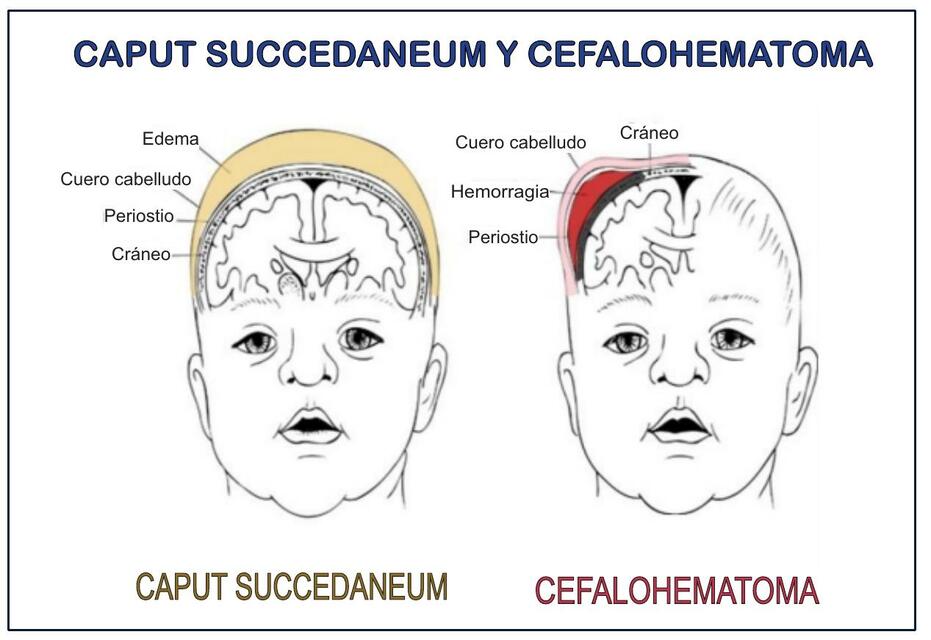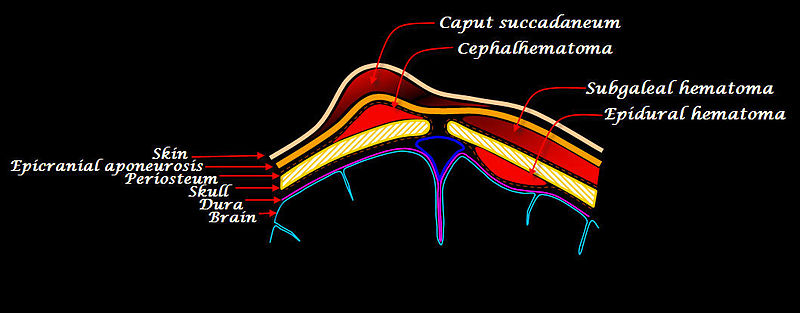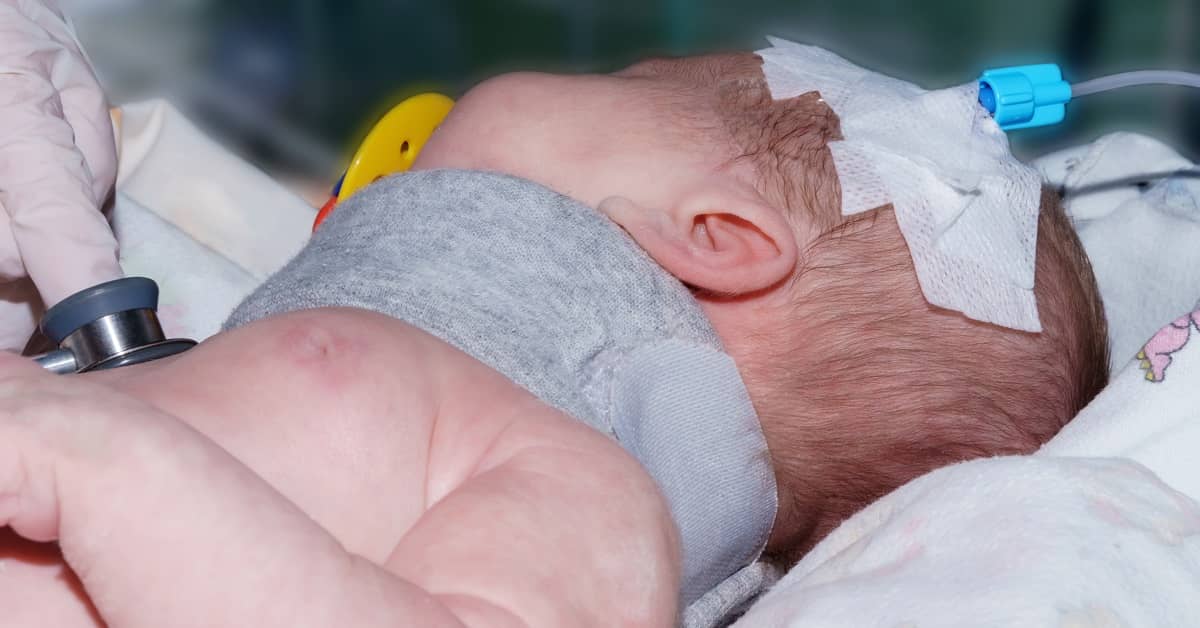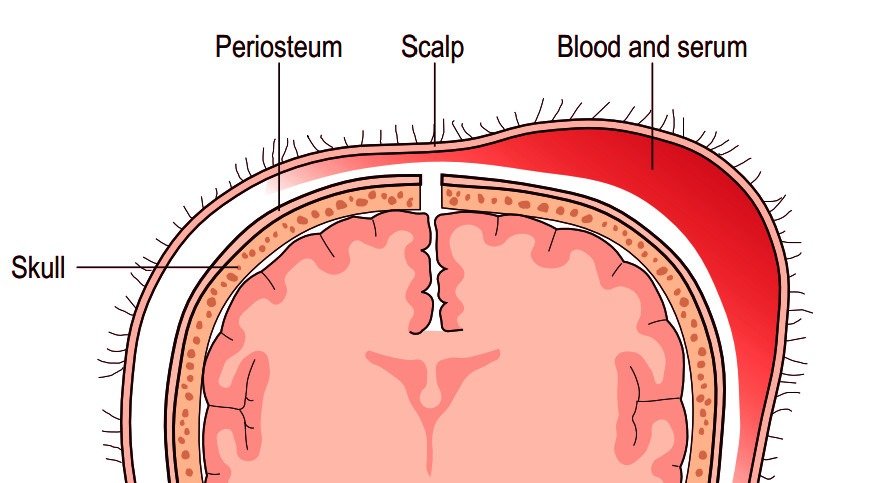Certainly! Caput succedaneum and cephalohematoma are both conditions that can occur in newborns, particularly during the process of childbirth. They are related to the baby’s head and are often confused due to their similar presentation, but they have distinct differences:
- Caput Succedaneum:
- Definition: Caput succedaneum refers to the swelling of soft tissues on top of a newborn’s head, usually occurring due to pressure exerted on the baby’s head during passage through the birth canal. It’s a common condition and typically not a cause for major concern.
- Cause: The condition is primarily caused by the pressure applied to the baby’s head during delivery. This pressure can lead to the accumulation of fluid in the tissues between the baby’s scalp and the bones of the skull.
- Location: Caput succedaneum usually affects the baby’s head evenly and is not confined to a specific area. It often crosses suture lines (the junctions between the different skull bones) and can be felt as a soft, swollen area.
- Characteristics: The swelling in caput succedaneum is often soft and pitting, meaning it can be pressed and leaves a temporary dent. It may have a bluish or pinkish tint.
- Resolves: Caput succedaneum typically resolves on its own within a few days to a week after birth without any specific treatment.
- Cephalohematoma:
- Definition: Cephalohematoma is a collection of blood between the baby’s skull and the periosteum (the membrane covering the bones of the skull). It is also associated with pressure during delivery but involves bleeding beneath the periosteum.
- Cause: Cephalohematoma occurs due to ruptured blood vessels between the skull and the periosteum. It is often caused by the pressure on the baby’s head during childbirth, particularly if the use of medical instruments like forceps or vacuum extraction is involved.
- Location: Cephalohematoma is limited by the suture lines, meaning it doesn’t cross them. It tends to be more localized and might feel like a firm, raised bump on the baby’s head.
- Characteristics: Unlike caput succedaneum, the swelling in cephalohematoma is firmer and doesn’t pit when pressed. It often appears a few hours after birth and might take weeks to months to fully resolve.
- Potential Complications: While most cephalohematomas resolve on their own, there is a risk of jaundice as the blood breaks down, releasing bilirubin. Severe cases might lead to anemia or infection.
In summary, both caput succedaneum and cephalohematoma are related to the baby’s head and can be caused by the pressures of childbirth. Caput succedaneum involves swelling of soft tissues and tends to resolve quickly, while cephalohematoma is a blood collection under the periosteum that takes longer to resolve and carries a risk of complications. If you suspect your baby has either condition, it’s always best to consult a medical professional for proper evaluation and guidance.





